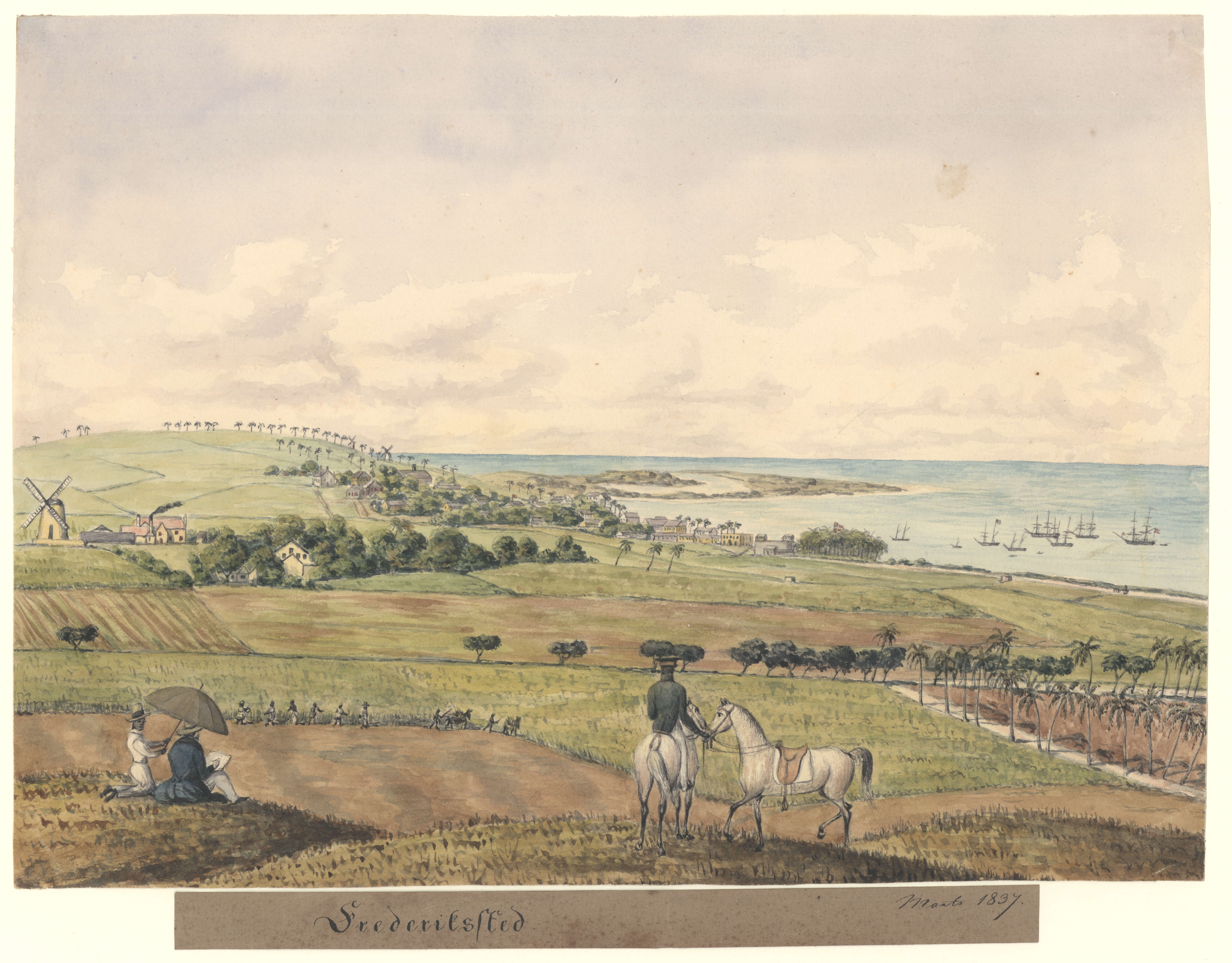New Publication: The Paradox of Abolition

Drawing showing the plantation La Grange on St. Croix. By Frederik von Scholten, 1837. Courtesy of M/S Museet for Søfart (M/S Maritime Museum of Denmark), CC-BY-NC-SA.
Together with Justin Roberts and Philip D. Morgan, ITSS PhD Fellow Rasmus Christensen has just published the essay “The Paradox of Abolition: Sugar Production and Slave Demography in Danish St. Croix, 1792-1804” in the Journal of Interdisciplinary History. The essay examines how the abolition of the Danish Atlantic slave trade led to higher mortality among enslaved people both in the short and long term, despite hopes of the contrary. Abolitionists argued that ending the slave trade would force planters to provide better conditions for enslaved people, so that they could reproduce naturally. However, planters took the opportunity to massively increase the import of enslaved Africans and introduced harsher work regimes to extract even more profit. The rise in the number of enslaved workers was accompanied by a partial shift to the more work-intense Otaheite cane that could be grown on more marginal lands, thereby increasing the total acreage grown with cane and demanding more labor from the enslaved workforce. You can read the article here.
